Making maths: birds from an egg
Can you make the birds from the egg tangram?
Problem
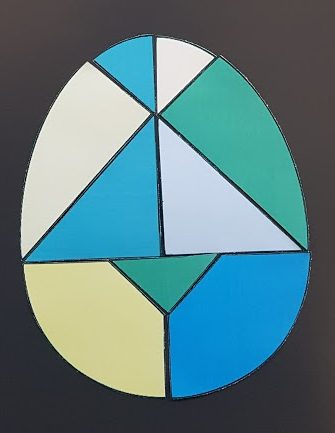
This egg is rather hard to draw so here is a version you can print out. Cut out the pieces and try making the birds shown below and also found here. There are lots more birds to make, so invent your own!
When you have finished, can you put the egg back together again without looking at this image?
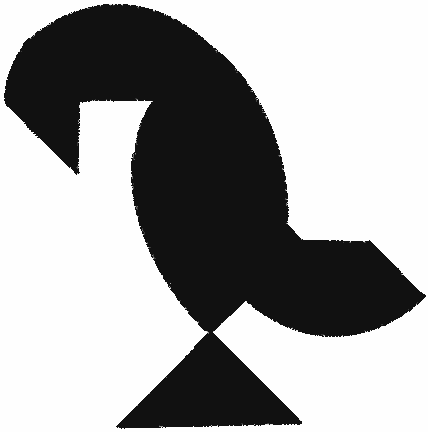
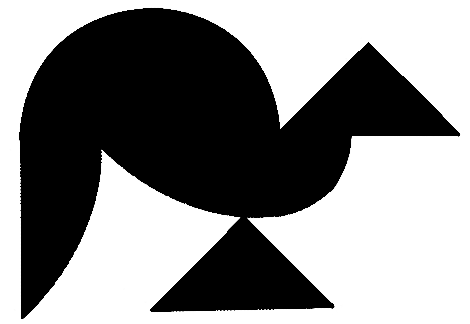
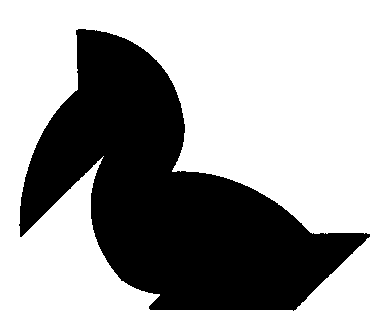

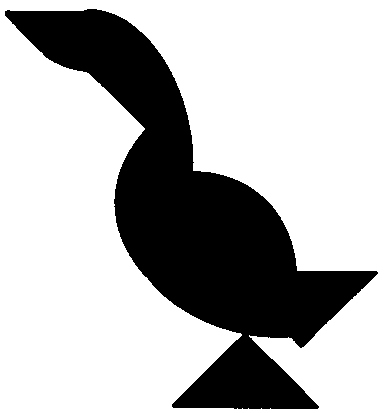
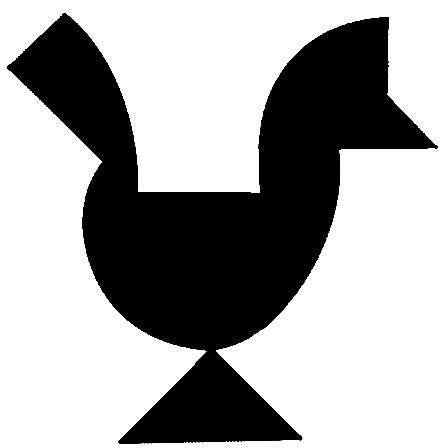
Printable NRICH Roadshow resources: Instructions and Tangrams 1 and 2.
Getting Started
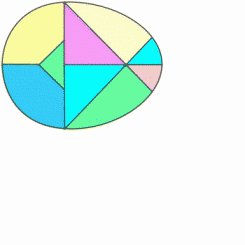
Student Solutions
This solution came in from Dussindale Primary Norwich
Y6 Drake Class - we did this as a class activity in twos/threes. Attaching the picture of all 6 completed. Top left was the fastest - within 10 minutes (including the cutting out). The next 4 were completed within 30 minutes but number 6 (at the bottom) took an age and more than one group had a go. Resilience paid off when Hector, Chloe, Patrick & Charlie cracked it part way through our afternoon session.

Kit also sent in this solution:
To begin, we looked for shapes that were easy to recognise. In each bird shape, there was at least one part where the piece to use was easy to spot, for example, in four of the birds there is a large triangle for the feet/legs. Sometimes a second piece of the 'puzzle' could be placed quickly. For example, both the rooster's tail (bird top left) and the peacock's tail (bird middle left) could only be one of the pieces with two straight sides and one long, curved side.
Then we looked at the curves on the outsides of the bird shapes and figured out where to put the pieces by looking at the lengths and depths of the curves. Short, straight sections in the outlines of the birds helped us to work out some of the other pieces.
Sometimes pieces were harder to place because there were no lines to follow, or because there was more than one piece that might fit on a line. In the end, it was trial and error to find which pieces went where.
We made some of our own bird shapes. Here are two of the best ones.
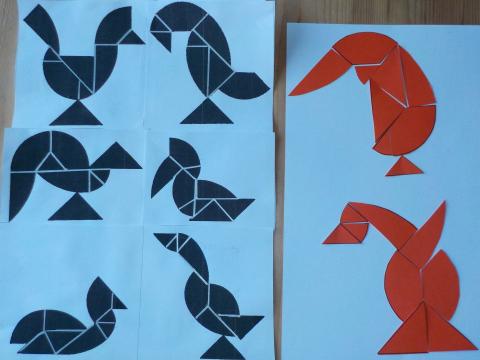
Thank you both for these excellent designs you've created.
Teachers' Resources
Why do this problem?
This activity introduces pupils to the ideas of rotation and reflection. It encourages children to look at the target pictures and identify different shapes within them.
Possible approach
Introduce the problem by cutting up a large version of the egg picture and showing this to the class. Explain that a tangram puzzle takes some small shapes and rotates and reflects them in order to form a larger shape.
In pairs or small groups, give the children a copy of the egg picture (word, pdf) and ask them to cut out the shapes. They can then experiment with making different pictures using these shapes, comparing their arrangment with the bird pictures (word, pdf). Encourage pupils to explain their reasoning to their partner.
After pupils have made some different arrangements, bring the class together for a mini plenary. Ask pupils to explain what methods they have been using and why those are helpful approaches. Pupils may talk about being able to identify some shapes within the bird picture which they can use to place some of the shapes immediately, and then systematically changing the positions of the rest of the shapes to try to fit them together.
When all of the different bird pictures have been made, ask each group to choose a picture and explain how they know they have the correct solution.
Key questions
Why are you choosing to move that piece?
How have you moved it?
Where should that piece go?
Are there any shapes that you can see in the picture that you are trying to make?
Where must the big triangle go?
Possible extension
Pupils could investigate whether or not any of the pieces had to be flipped in order to make the solutions work. Which pieces would never need to be flipped?
Possible support
Some pupils may benefit from playing with the tangram pieces in advance of the lesson, to get a feel for how the pieces can be put together to make new shapes.
